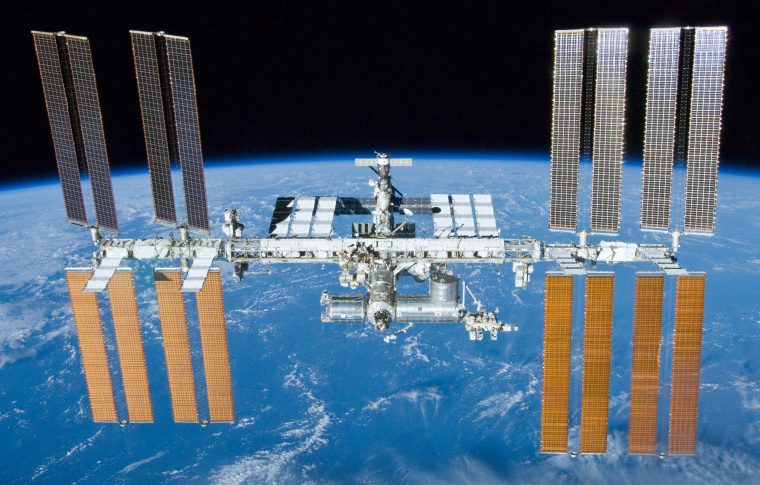
Photo: NASA
When Google Maps introduced its Street View, the world went nuts. You could actually go down to eye level and see people, animals, cars, and more. The introduction of Street View changed the way we look at maps today. It should be no surprise that Google is paving the way of innovation once again. Using Google Street View, you can now officially tour the International Space Station.
Of course, up until this point, Google Street View was used solely as a vehicle navigation system. While you can’t drive to the station or get directions (bummer, I know), you can click through the program to explore the station.
The station has 15 modules, all of which can be explored through the navigational program. A new factor incorporated into the Space Station is the inclusion of descriptions. It’s understandable that most citizens are unable to make sense of all the switches, levers, and equipment on the Space Station. To help out, Google has included blurbs for a variety of the features, explaining to users what the equipment is used for and why it’s important.
The International Space Station has been utilized by astronauts for the last 16 years, but most people will not visit the International Space Station in-person during their lifetime. However, Google is giving all of us the chance to see it up-close-and-personal, even if it’s through a digital medium.
Google’s addition of the Space Station to Street View raises an exciting point: we are no longer limited to exploring Earth. The capabilities we have as a society to use are seemingly endless. Gives a whole ‘nother meaning to off-roading, doesn’t it? You can give it a go right here.
News Sources: TechCrunch, The Verge
Meg Thomson is a writer, photographer, blogger, and activist. When she isn’t writing, Meg can be found immersing herself in television scripts, adopting and playing with animals, or updating lists of her dream travel destinations (the list never ends). Meg believes writing is power, and equality is essential. She is determined to make a difference in the world, one word at a time. See more articles by Meg.